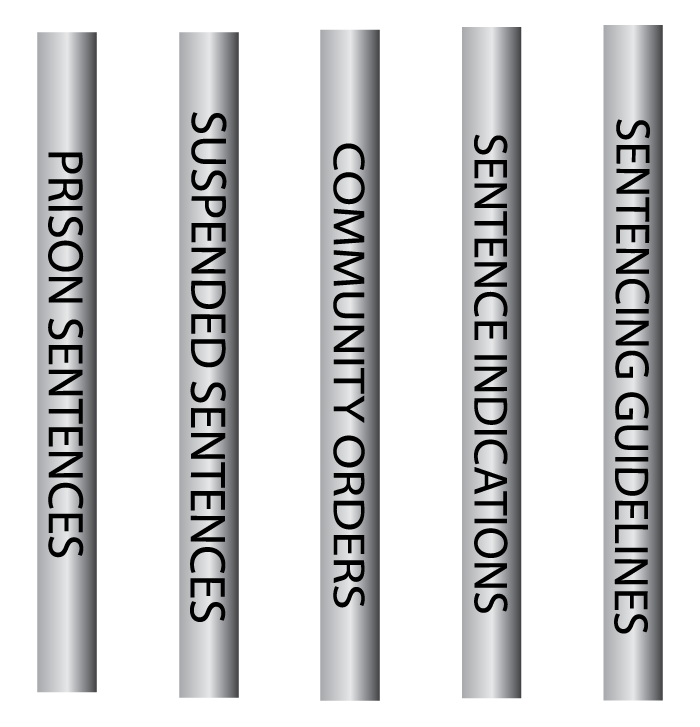How Sentencing Works
Sentencing in the Crown Court and Magistrates’ Courts
All Contents > How Sentencing Works > My Sentencing Hearing > Sentencing Guidelines
“This guide will help you understand how sentencing works and how judges decide on what sentence to pass for particular offences in a variety of different circumstances. ”
On this page …
Sentencing in the criminal courts
Sentencing Misconceptions
The Purposes of Sentencing
How the court decides on sentence
Youth Sentencing (under 18s)
What is the Sentencing Code?
Links to Further Sentencing Information
Next page: What will happen at my sentencing hearing?
Sentencing in the criminal courts
The question, ‘Will I go to prison?’ is at the forefront of many people’s minds when they are faced with a criminal charge. Understandably, it is a question many criminal barristers will be asked by their clients.
This guide will help you understand how sentencing works and how judges decide on what sentence to pass for particular offences in a variety of different circumstances.
Unless otherwise specified, what follows relates to adult defendants (18s and over).
Sentencing misconceptions
Before we start, it may help to get some fundamental matters out of the way which are often the cause of some misunderstanding:
1. No sentence before guilt is established - A sentence can only be passed once the person accused of the offence (the defendant) has been found guilty of it; this can happen either by pleading guilty at court (or by post in some less serious cases), or by being found guilty following a trial.
Until you have been found guilty you cannot be sentenced and if you are found not guilty (acquitted) following a trial you will face no penalty at all because the case against you will not have been proved. Occasionally some orders can be made against acquitted defendants (such as Bind Overs and Restraining Orders) but these do not include punishments such as custodial sentences or community orders.
2. Not all offences are imprisonable - Some offences do not carry imprisonment as a potential sentence at all. Many offences of a relatively minor nature are not punishable with a custodial sentence. These include many motoring offences. For example, the maximum penalty for the offence of driving without due care and attention is driving licence endorsement of 3-9 penalty points, a fine and discretionary disqualification from driving, but not custody. Similarly, the offence of speeding is non-imprisonable.
3. Custody does not always follow - Even where an offence does carry a potential custodial sentence, this does not mean that a custody will automatically follow; it means that a custodial sentence is an option for the court. Custody is reserved for situations where the offence is so serious that only a custodial sentence can be justified - this is known as the ‘custody threshold’.
For example, the offence of theft is an imprisonable offence, but not every person convicted of theft will go to prison.
The court always has a range of alternative options available to it, which include fines and community orders. Custodial sentences will only be imposed for serious cases and, even then, they can sometimes be suspended.
4. Maximum terms are rare - It will be rare for a court ever to impose the maximum term of imprisonment that is available for a particular offence. Even when a court decides to impose a custodial sentence, the circumstances both of the offence and of the defendant are taken into account in determining what the length of that sentence should be. For most offences this involves looking at the relevant sentencing guidelines.
5. ‘Prison’ is for defendants aged 21+ - Only defendants aged 21 or over can go to ‘prison’. Defendants aged 18 to 20 who receive custodial sentences are sent to a Young Offender Institution. On the rare occasion that juveniles (under 18s) receive custodial sentences they are sent to either a Young Offender Institution or more usually a Secure Children’s Home or Secure Training Centre. You can read more here about Youth Sentencing.



















